Removal of fibroadenoma
What is breast fibroadenoma?
According to statistics, fibroadenoma is the most common benign tumor in the breast. It is most common in girls aged 18 to 40 years. In most cases, it becomes an accidental diagnostic finding. The reason for this is the slow growth of fibroadenoma and does not manifest itself clinically. A woman can detect it by touch only when the tumor has reached a significant size.
Breast fibroadenoma is a benign tumor that is clearly separated from other tissues by a capsule. The presence of a capsule and the absence of metastases (benign tumors do not) significantly simplifies treatment and improves the prognosis. The fact that fibroadenoma is benign does not mean that it does not require observation by a mammologist and treatment - there is always a risk of its degeneration (malignancy) into a malignant tumor.
What are the symptoms and causes of breast fibroadenoma?
The exact mechanism of disease development, as well as the reasons that trigger it, are still being studied, but it is well established that the appearance of fibroadenoma contributes to:
- gynecological and endocrine diseases;
- childbirth;
- lactation;
- chest injuries and stress.
Fibroadenoma can be detected by a woman during self-examination and palpation - a solid formation in the chest, which is usually:
- round with clear smooth edges;
- easily moves;
- firm or elastic on palpation;
- painless.
The patient may have one or more fibroadenomas in one or both breasts.
At sizes, up to 1 cm, the fibroadenoma is easy to confuse with a cyst (the cyst, as a rule, is a motionless and painful consolidation, unlike a fibroadenoma which is mobile and painless at palpation).
In some cases, the risk of developing a malignant tumor with fibroadenoma increases if:
- blood relatives have had or have malignant tumors;
- a woman is pregnant or planning a child;
- the patient undergoes a course of hormone replacement therapy;
- the size of the tumor exceeds 2 cm, it is actively growing and changes its structure;
- fibroadenoma formed more than a year ago, there are several formations in two mammary glands;
- age of the woman is more senior than 40 years.
What are the indications for fibroadenoma removal?
The most effective way to get rid of this tumor is surgery. Removal of such a benign tumor by one method or another is preferable because it always has a risk of becoming malignant.
Indications for surgery:
- leaf-like form of fibroadenoma, because the tumor is most prone to become malignant;
- the size of the tumor is more than 2 cm;
- the rapid increase in its diameter;
- cosmetic defect formed by the tumor;
- the patient's desire to get rid of her.
In each case, after a comprehensive examination, the doctor individually decides on the surgical treatment of fibroadenoma.
How is fibroadenoma diagnosed?
Diagnosis of fibroadenoma is divided into several stages:
- Independent examination and palpation of the breast, determination of size, location, the shape of the tumor.
- Ultrasound diagnosis and mammography of the mammary glands. Based on the received data doctors specify the diagnosis of the patient.
- Puncture biopsy. This is the most accurate method of diagnosing tumors.
If the examination revealed a tumor up to 1 cm in diameter, the specialist prescribes medication and monitors the changes. If medication does not help or the tumor is larger than 1 cm, surgery and removal of the tumor are recommended.
Radiowave method
Radiowave surgery to remove breast fibroadenoma is performed in an outpatient setting under local anesthesia, and recovery takes no more than a week. The technique is based on the ability of radio waves to carry energy. Directed high-frequency radiation plays the role of a scalpel: it dissects tissues, heats, and thus destroys tumor cells.
The advantage of the method is that simultaneously with the removal of the tumor, the temperature exposure disinfects and seals the damaged vessels.
This method is not used very often, because it is effective only in the early stages of the tumor when it is still difficult to detect.
Enucleation
The intervention takes place under local anesthesia and involves only the tumor itself, without damaging the surrounding healthy tissues. During the operation, the tumor is removed from the capsule, and the formed cavity is sutured. The great advantage of this method is low trauma, almost complete absence of visible scars, as well as very short rehabilitation.
Laser removal of fibroadenoma
The operation is performed on an outpatient basis, under local anesthesia.
If the size of the tumor is more than 3-3.5 cm in diameter, specialists decide to remove the tumor with a laser. Laser removal is less traumatic for the body, compared to other methods.
During the operation, a laser conductor is inserted through the puncture needle, which "evaporates" the tumor using high temperature. The patient may feel warmth in the area of the tumor. The method of laser surgery is safe, so there are no age restrictions on the operation.
The technique has several advantages:
- fast recovery;
- no scars;
- the shape of the breast does not change;
- removal is performed under local anesthesia.
Under the action of the laser, the fibroadenoma is destroyed and the connective tissue is restored.
Sectoral resection of the breast
The operation is performed in a hospital under general anesthesia. Sectoral resection is used for large tumors and suspected malignancy. It consists of excision of the fibroadenoma and the surrounding gland tissue within a radius of 1 to 3 cm. This intervention leaves a noticeable defect and postoperative scars. These cosmetic defects can be corrected with plastic surgery.
After removal of the fibroadenoma, it may reappear, so all patients after treatment for fibroadenoma need to be constantly monitored by a mammologist to rule out the recurrence of the disease.
Dobrobut oncological clinic center provides the whole range of diagnostic and medical services aimed at prevention, detection of predispositions, early detection and treatment of oncological diseases. We treat all types of malignant tumors using international protocols and the newest evidence-based medicine data. Our doctors are highly qualified oncologists not only of Kyiv, but of Ukraine, besides, we can engage the leading specialists of the area of cancer treatment from other medical facilities. A multidisciplinary oncological concilium will help to exclude the possibility of medical errors and to choose the best treatment in any given case.
Bibliography
- Mazo M.L., Jacobs O.E., Puchkova O.S., Feldsherov M.V., Kondratyev E.V. First experience with MRI-guided vacuum aspirated breast biopsy. Medical alphabet. 2020;(29):25-31.
- Bevers T. B. et al. Breast cancer screening and diagnosis, version 3.2018, NCCN clinical practice guidelines in oncology //Journal of the National Comprehensive Cancer Network. – 2018. – Т. 16. – №. 11. – С. 1362-1389
- Graf O. et al. Follow-up of palpable circumscribed noncalcièed solid breast masses at mammography and US: can biopsy be averted? //Radiology. – 2004. – Т. 233. – №. 3. – С. 850-856.
- Stereotactic Breast Biopsy. Last updated, March, 23, 2021.
- Breast biopsy. Published online, September 18, 2021
Our oncological services
Our advantages
Dobrobut oncology center
ISO certificates
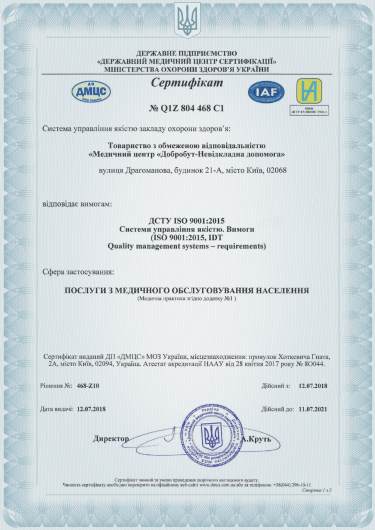
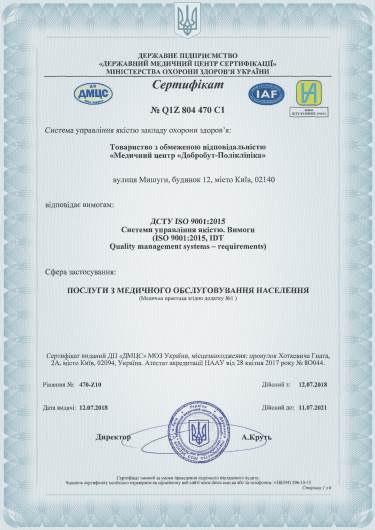
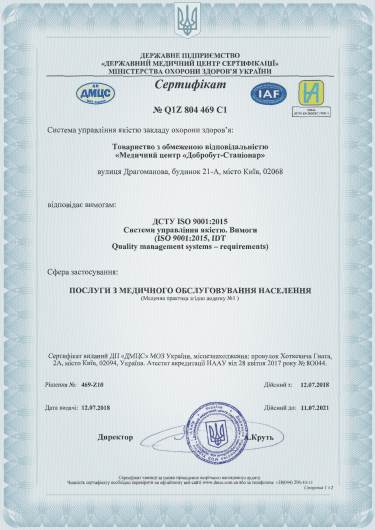
Accreditation certificates
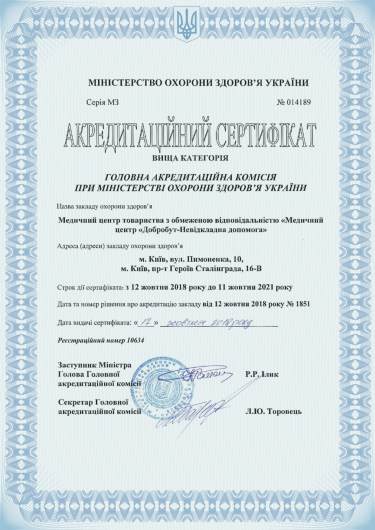
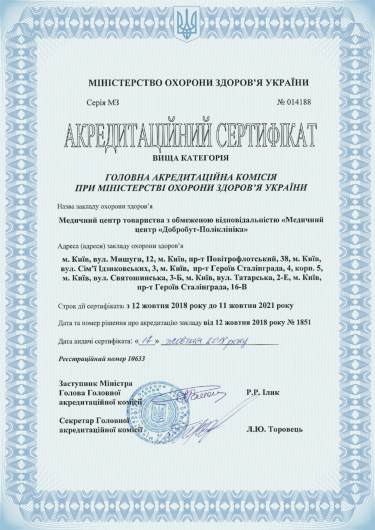

Medical practice licenses

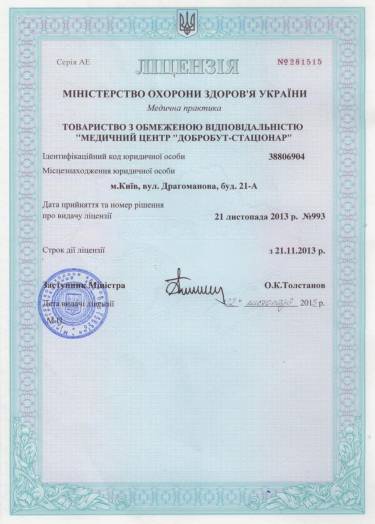

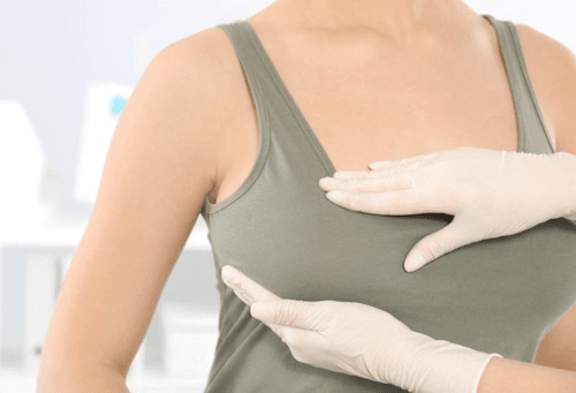
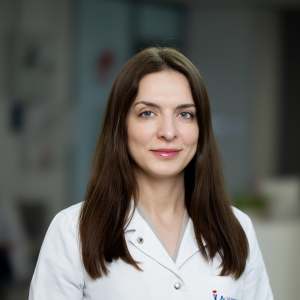

%402x.png)
%402x.png)
